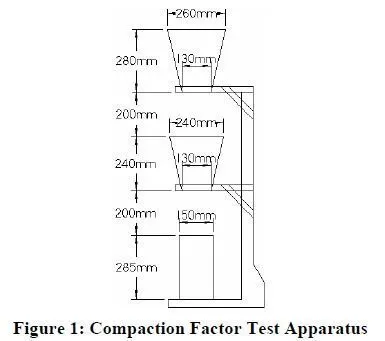The recording plastometer (Powers 1968; Wong et al. 2000) developed by Powers and Wiler appears to be the first attempt to apply the concept of a coaxial cylinders rheometer to concrete. Although development of the device was stopped around the time of World War II, the concepts of this first generation device have served as a basis for development of more advanced devices. The recording plastometer was designed to be of sufficient size to measure concrete, although it was also used to measure paste and mortar.
The original version of the recording plastometer was based on the classical concept of a coaxial cylinders rheometer. The outer cylinder of the recording plastometer was 12 inches in diameter and 8 inches in depth. The inner cylinder was 8 inches in diameter and 3 inches in depth and was placed 4 inches above the bottom of the outer cylinder. The outer cylinder rotated while a spring-couple system attached to the inner cylinder measured the torque applied to the inner cylinder over time. Strain was defined as the relative displacement of the outer cylinder to the inner drum. The device could be operated at different speeds or an in oscillatory motion. It was not practical, however, to use the device to measure the torque on the inner cylinder at different shear rates, as most modern rheometers now do. In a later version of the device, the outer cylinder was changed to a ring shape and the solid inner drum was replaced with a ring that split the concrete in the outer ring into two parts. The modified device is shown in Figure 19.

Despite the presence of ribbed rubber on the walls of the plastometer, slip occurred between the concrete and the plastometer walls after sufficient stress developed. The stress-strain plot up to this occurrence of this slip was linear, with the slope of the line defined as the modulus of stiffness.
Advantages:
The recording plastometer represented one of the first attempts to use the concept of a coaxial cylinders rheometer to measure the rheology of concrete. Although it is no longer used, the plastometer has served as a basis for the development of more sophisticated devices.
Disadvantages:
The test measured stress and strain, not shear stress and shear rate.
Slip occurred at the walls of the device.
